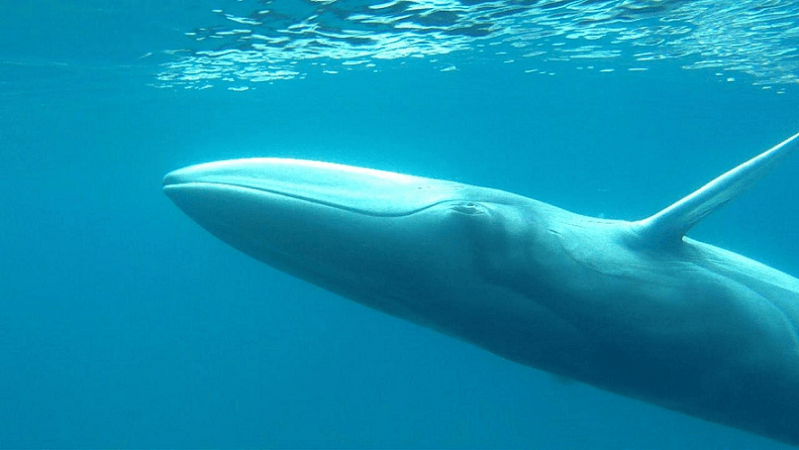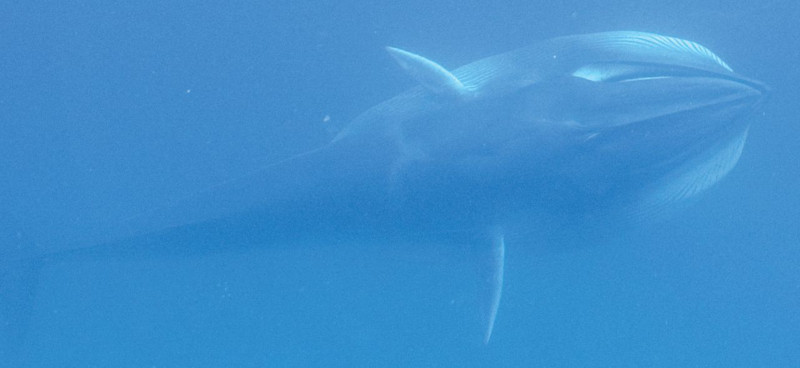
Dwarf Fin Whale Facts
- The Dwarf Fin Whale represents a very small species of whale which scientists only recently identified as a separate species. However, researchers and private citizens alike, have so far found to date only about ten individuals.
- The rarely seen animal also carries the name of the renowned Japanese cetologist, Hideo Omura, in its alternate name, Omura’s Whale.
- The IUCN currently classifies the unique whale as Critically Endangered, due to its apparently extremely scant numbers.
- Most of the individuals of this small baleen species that have been identified so far actually appeared as part of a research study focused on Bryde’s Whale.
- Finally, the two marine mammals seem to appear extremely similar, except in physical size.
Related Articles
Minke Whale Sperm Whale Fin Whale

Photo Credit: Salvatore Cerchio et al. / Royal Society Open Science
CCL: https://bit.ly/37oukxh
Dwarf Fin Whale Physical Description
At present, we have very little specific information about the Dwarf Fin Whale. It does strongly resemble both the Fin Whale and the Bryde’s Whale.
Of the few specimens identified so far, the average length measured roughly 37.7 ft (11.5 m). It indeed forms the smallest of the rorquals known.
Its coloring appears to be combinations of shades of gray, accompanied by various small patches of white.
- Kingdom: Animalia
- Phylum: Chordata
- Class: Mammalia
- Order: Artiodactyla
- Family: Balaenopteridae
- Genus: Balaenoptera
- Species: B. omurai

Photographer: Salvatore Cerchio
CC License: https://bit.ly/1GZ2EOO
Dwarf Fin Whale Distribution, Habitat, and Ecology
To date, the few known habitats of the still mysterious Dwarf Fin Whale include the Solomon Sea, the eastern Indian Ocean, the Bobol Sea, and the southern Sea of Japan, near Asia.
Within the context of the limited data so far available, its habitat appears to be restricted to the shelf and deep waters of tropical and subtropical regions.
Many individuals believed to be of this newly identified species from other regions do not have a clear status. Whether they were indeed that species or not seems in question.
Furthermore, all individuals spotted to date lived at various depths, ranging from shallow to deep water.
The typical diet of this whale still remains unknown but its only confirmed prey consists of various euphausiids.
Species Sharing Its Range
False Killer Whale Japanese Spider Crab Gray Whale
Check out our other articles on Beluga Whale, Blue Whale, Vampire Squid, Turritopsis Nutricula, Australian Ghost Shark















Leave a Reply